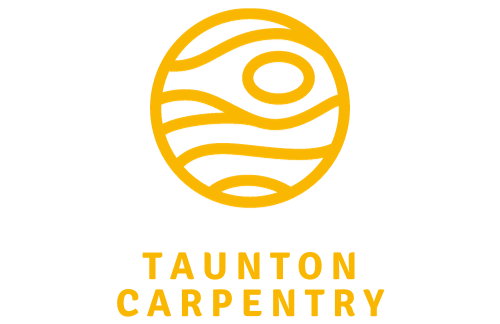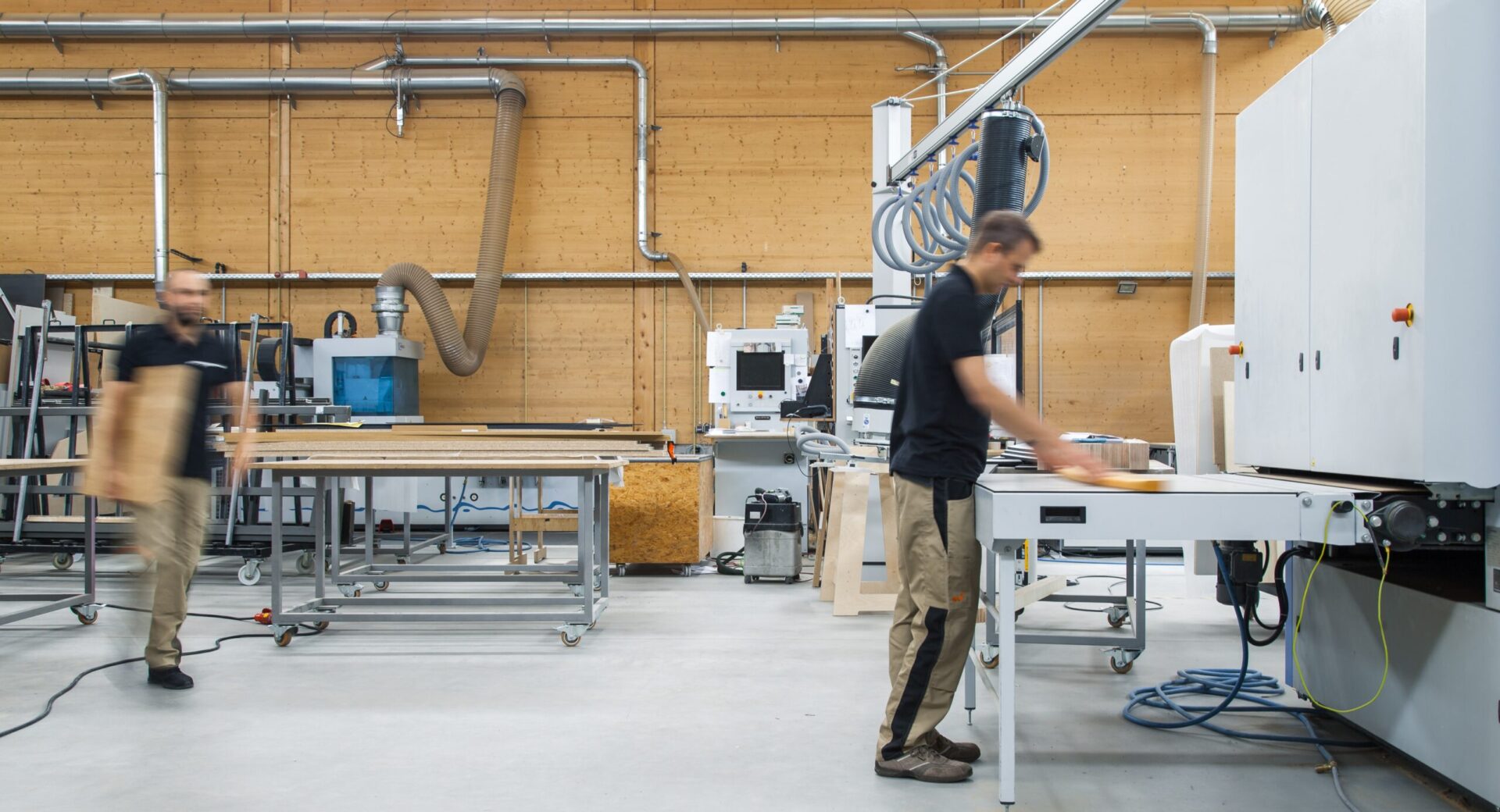
Framing carpentry is the backbone of any construction project, providing structural support and shaping the skeleton of a building.
Whether you’re a seasoned carpenter or a DIY enthusiast, understanding the principles and techniques of framing carpentry is essential for a successful construction endeavour.
In this article, we’ll explore the fundamentals of framing carpentry, key terminology, and expert tips to ensure your framing work is not only sturdy but also aesthetically pleasing.
The Basics of Framing Carpentry
Framing carpentry involves creating the framework that supports walls, floors, and roofs in a building. Common materials used include wood, steel, and engineered wood products.
The two main types of framing are platform framing and balloon framing, each with its own set of advantages and applications.
Key Components of Framing:
Studs: Vertical members that form the framework of walls.
Headers: Horizontal beams that support the weight of structures such as windows and doors.
Sills and Plates: The bottom and top horizontal members of a wall frame.
Joists and Rafters: Horizontal members that support floors and roofs, respectively.
Tools of the Trade:
Circular Saw: Essential for cutting framing members to size.
Nail Gun: Speeds up the fastening process, improving efficiency.
Level and Square: Ensures accuracy and precision in framing.
Framing Square: A versatile tool for measuring and marking.
Best Practices for Efficient Framing:
Accurate Measurements: Precision is key in framing carpentry. Double-check all measurements before cutting or installing framing members.
Quality Materials: Invest in high-quality lumber and materials to ensure the longevity and stability of the structure.
Safety First: Use appropriate safety gear, and follow safety guidelines to prevent accidents on the job site.
Advanced Joinery for Professional Results:
Explore advanced joinery techniques such as mortise and tenon joints for increased stability.
Panelisation: Prefabricate wall panels to streamline the framing process and enhance efficiency.
Energy-Efficient Framing: Consider techniques like advanced framing to reduce material usage and improve energy efficiency.
Mastering Framing Carpentry is a journey that combines knowledge, skill, and a commitment to excellence.
By understanding the basics, utilizing the right tools, and incorporating advanced techniques, you can elevate your framing carpentry projects to new heights.
Whether you’re a professional carpenter or a DIY enthusiast, this comprehensive guide will serve as a valuable resource on your path to becoming a framing carpentry expert.





